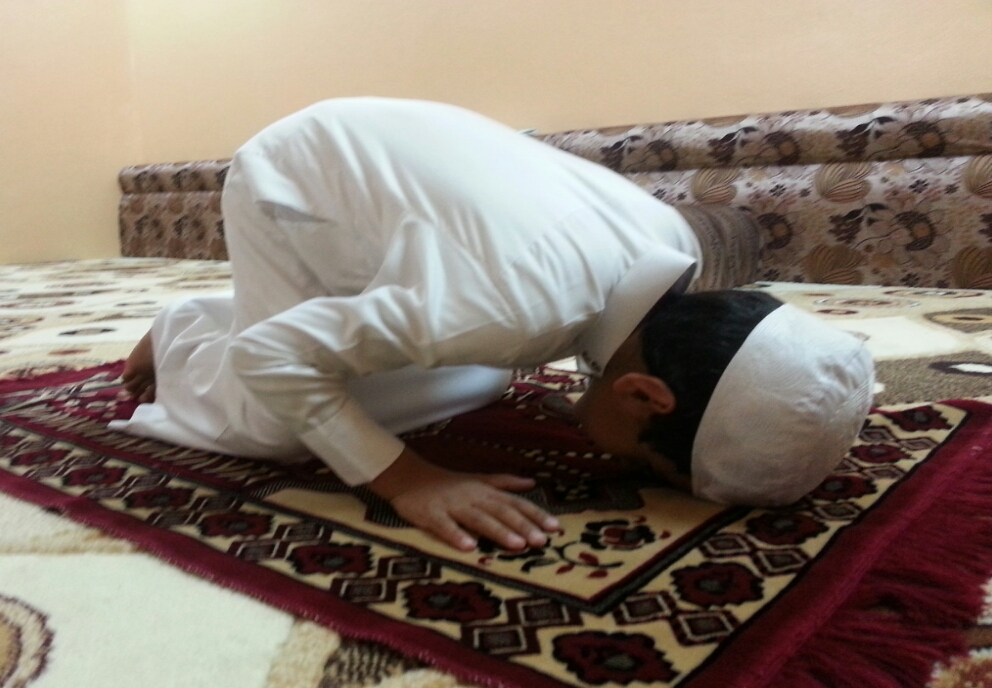140 Religion and Spirituality
Martha Lally; Suzanne Valentine-French; and Dinesh Ramoo
Grzywacz and Keyes (2004) found that in addition to personal health behaviours, such as regular exercise, healthy weight, and not smoking, social behaviours, including involvement in religion-related activities, have been shown to be positively related to optimal health. However, it is not only those who are involved in a specific religion that benefit, but also those identified as being spiritual. According to Greenfield, Vaillant, and Marks (2009) religiosity refers to engaging with a formal religious group’s doctrines, values, traditions, and co-members. In contrast, spirituality refers to an individual’s intrapsychic sense of connection with something transcendent (that which exists apart from and not limited by the material universe) and the subsequent feelings of awe, gratitude, compassion, and forgiveness. Research has demonstrated a strong relationship between spirituality and psychological well-being, irrespective of an individual’s religious participation (Vaillant, 2008). Additionally, Sawatzky, Ratner, and Chiu (2005) found that spirituality was related to a higher quality of life for both individuals and societies.

Based on reports from the 2005 National Survey of Midlife in the United States, Greenfield et al. (2009) found that higher levels of spirituality were associated with lower levels of negative affect and higher levels of positive affect, personal growth, purpose in life, positive relationships with others, self-acceptance, environmental mastery, and autonomy. In contrast, formal religious participation was only associated with higher levels of purpose in life, as well as higher levels of personal growth among just older adults, and lower levels of autonomy. In summary, it appears that formal religious participation and spirituality relate differently to an individual’s overall psychological well-being.
Age: Older individuals identify religion/spirituality as being more important in their lives than those younger (Beit-Hallahmi, and Argyle, 1998). This age difference has been explained by several factors, including that religion and spirituality assist older individuals in coping with age-related losses, provide opportunities for socialization and social support in later life, and demonstrate a cohort effect in that older individuals were socialized more to be religious and spiritual than those younger (Greenfield et al., 2009).
Gender: In the United States, women report identifying as being more religious and spiritual than men do (de Vaus and McAllister, 1987). According to the Pew Research Center (2016), women in the United States are more likely to say religion is very important in their lives than men (60 percent versus 47 percent). American women also are more likely than American men to say they pray daily (64 percent versus 47 percent) and attend religious services at least once a week (40 percent versus 32 percent). Theories to explain this gender difference include that women may benefit more from the social–relational aspects of religion/spirituality because social relationships more strongly influence women’s mental health. Additionally, women have been socialized to internalize the behaviours linked with religious values, such as cooperation and nurturance, more than males (Greenfield et al., 2009).

Worldwide: To measure the religious beliefs and practices of men and women around the world, the Pew Research Center (2016) conducted surveys of the general population in eighty-four countries between 2008 and 2015. Overall, an estimated 83 percent of women worldwide identified with a religion compared with 80 percent of men. This equaled 97 million more women than men identifying with a religion. There were no countries in which men were more religious than women by 2 percentage points or more. Among Christians, women reported higher rates of weekly church attendance and higher rates of daily prayer. In contrast, Muslim women and Muslim men showed similar levels of religiousness, except frequency of attendance at worship services. Because of religious norms, Muslim men worshiped at a mosque more often than Muslim women. Similarly, Jewish men attended a synagogue more often than Jewish women. In Orthodox Judaism, communal worship services cannot take place unless a minyan, or quorum of at least ten Jewish men, is present, thus insuring that men will have high rates of attendance. Only in Israel, where roughly 22 percent of all Jewish adults self-identify as Orthodox, did a higher percentage of men than women report engaging in daily prayer.
Media Attributions
- Figure 8 38 © Mona Hassan Abo-Abda is licensed under a CC BY-SA (Attribution ShareAlike) license
- Figure 8 39 © afnan is licensed under a CC BY-SA (Attribution ShareAlike) license

